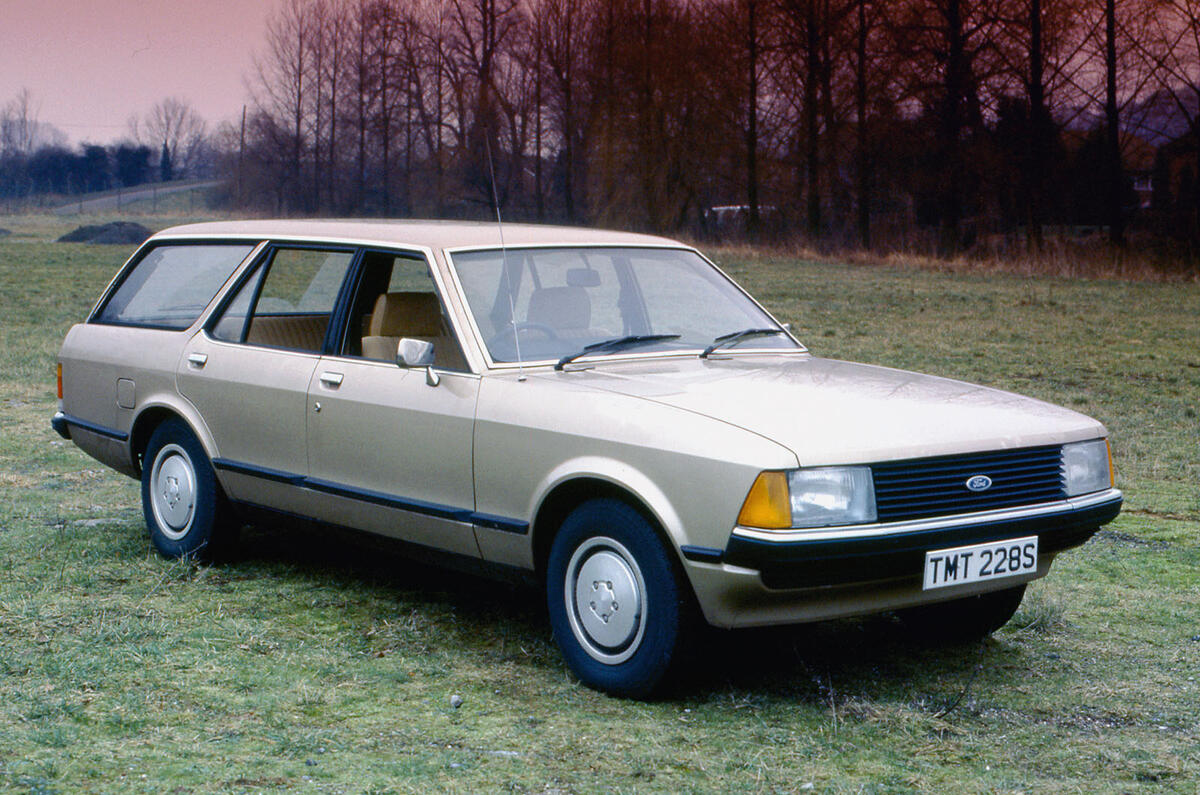It is a fact proved beyond all doubt that everything goes through an absurdly naff phase while on its way to becoming a classic.
All right, it hasn’t been proved at all; it’s my opinion, but hey, 2017 is just as post-truth as 2016, so I’m presenting it as fact on the basis of overwhelming empirical evidence. Or some evidence, anyway, hand-picked by me, to support my argument.
Take Brutalist architecture, those concrete-dominated edifices in urban areas, largely of the 1960s. Lots of people liked Brutalism when it was new, although it’s worth pointing out that quite a few people didn’t, too. So when, after a while, mostly in the 1980s and 1990s, those who weren’t entirely convinced by it in the first place started to complain about the crumbling concrete and how much more friendly things would look with, say, a glass or mock Tudor frontage, the writing for some Brutalism was on the cold, sometimes damp-stained and often graffiti-covered walls. So off theses places went, knocked to the ground. The Tricorn Centre in Portsmouth; that car park in Gateshead off of Get Carter.
Walk along London’s South Bank today, though, and the Hayward Gallery in particular, and the South Bank Centre in general, look terrific. Did they have a naff phase? If they did, they have come out the other side of it, thanks to the patience of those who’ve looked after them. Perhaps it’s because they’re arts centres anyway and that those in charge can resist the temptation – and there once was a plan to cover the whole lot in glass – to dilute the initial brilliance and have instead nurtured the buildings well. That’s not to say everyone in Portsmouth didn’t appreciate the Tricorn, whose bigger problem was the way it was used and maintained. Portsmouth City Museum even had an exhibition on it. Sadly, 10 years later it was demolished.
But this phase, where things look tacky and dated and the temptation is there to do away with them rather than give them the nurturing they need, happens with all kinds of things. Dunlop Green Flash trainers. Doilies. The prawn cocktail. Level 42. I’m pretty sure it happened with David Beckham and John Major.
Let’s not pretend that cars don’t suffer it too. The other day I saw a Mk2 Ford Granada estate and it looked magnificent. Before last week, the last time I thought one looked magnificent was in 1985, when I was 10. Between then and now, I’ve thought they were fairly ropey old things. But now I can imagine wanting one.
There are cars still in that dip, at risk of being Brutalised to death. I think the first Ford Focus, an early adopter of Ford’s ‘new edge’ design language, is thickest in it. The 1996 Ka might already be on the way out. The problem with cars is that not only do automotive fashions change, but materials, surfacing and edging technology also moves at such a pace that they just look dumpy or outdated. But as they gain rarity, they gain breathing space around them and it’s possible to see them for what they were in context – what rules they broke at the time.
Patience is needed. London’s South Bank received it. In thousands of scrapyards, there are millions of future classics that did not.







Join the debate
Add your comment
The old Grannie has a purity
Chance gone begging
It all started so well ...
TS7 wrote:
There are many alternative options, I mentioned just a few, but it would be nice to read about any of them, yet Autocar is interested only in bumming Ford's load.
Porsche 911